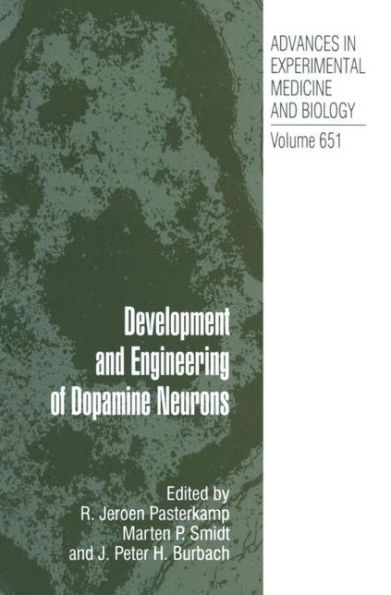5
1
9781489981806



Development and Engineering of Dopamine Neurons / Edition 1 available in Hardcover, Paperback

Development and Engineering of Dopamine Neurons / Edition 1
- ISBN-10:
- 1489981802
- ISBN-13:
- 9781489981806
- Pub. Date:
- 12/09/2014
- Publisher:
- Springer New York
- ISBN-10:
- 1489981802
- ISBN-13:
- 9781489981806
- Pub. Date:
- 12/09/2014
- Publisher:
- Springer New York

Development and Engineering of Dopamine Neurons / Edition 1
$169.99
Current price is , Original price is $169.99. You
169.99
In Stock

Product Details
| ISBN-13: | 9781489981806 |
|---|---|
| Publisher: | Springer New York |
| Publication date: | 12/09/2014 |
| Series: | Advances in Experimental Medicine and Biology |
| Edition description: | 2009 |
| Pages: | 127 |
| Product dimensions: | 6.10(w) x 9.25(h) x 0.01(d) |
About the Author
From the B&N Reads Blog
